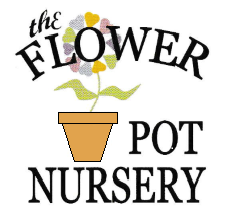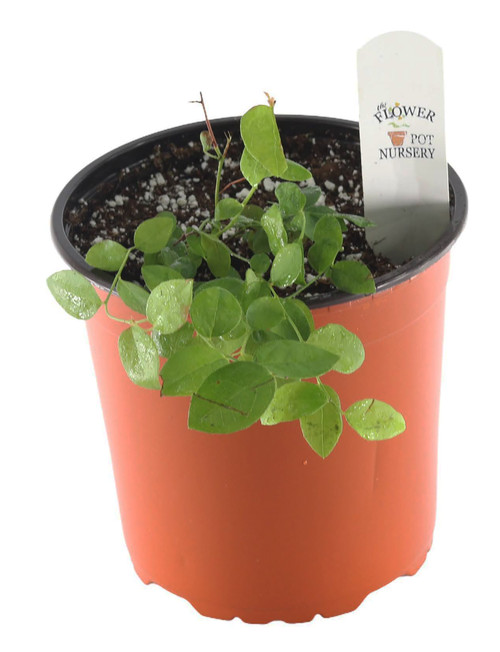Lagerstroemia commonly known as crape myrtle (also spelled crepe myrtle or crêpe myrtle), is a genus of around 50 species of deciduous and evergreen trees and shrubs native to the Indian subcontinent, southeast Asia, northern Australia, and other parts of Oceania, cultivated in warmer climates around the world. It is a member of the family Lythraceae, which is also known as the loosestrife family. The genus is named after Swedish merchant Magnus von Lagerström, a director of the Swedish East India Company, who supplied Carl Linnaeus with plants he collected. These flowering trees are beautifully colored and are often planted both privately and commercially as ornamentals.
Crape myrtles are chiefly known for their colorful and long-lasting flowers, which occur in summer. Most species of Lagerstroemia have sinewy, fluted stems and branches with a mottled appearance that arises from having bark that sheds throughout the year. The leaves are opposite and simple, with entire margins, and vary from 5-20 cm (2-8 in). While all species are woody in nature, they can range in height from over 30 m (100 ft) to under 30 cm (1 ft); most, however, are small to medium, multiple-trunked trees and shrubs. The leaves of temperate species provide autumn color.
Flowers are borne in summer and autumn in panicles of crinkled flowers with a crêpe-like texture. Colors vary from deep purple to red to white, with almost every shade in between. Although no blue-flowered varieties exist, the flowers trend toward the blue end of the spectrum with no orange or yellow except in stamens and pistils. The fruit is a capsule, green and succulent at first, then ripening to dark brown or black dryness. It splits along six or seven lines, producing teeth much like those of the calyx, and releases numerous, small, winged seeds.
In their respective climates, both subtropical and tropical species are common in domestic and commercial landscapes. The timber of some species has been used to manufacture bridges, furniture, and railway sleepers, but in Vietnam's Cát Tiên National Park, the dominant stands of Lagerstroemia calyculata in secondary forest are thought to have survived (after episodes of logging) due to the low quality of wood. Lagerstroemia species are used as food plants by the larvae of some Lepidoptera (moth and butterfly) species, including Endoclita malabaricus.
The leaves of L. parviflora are fed on by the Antheraea paphia moth, which produces the tassar silk, a form of wild silk of commercial importance in India.
Give credit where credit is due: Wikipedia 2022
FlowerPotNursery Dynamite® Crape Myrtle Lagerstroemia sp. Dynamite 1 Gallon Pot
The Flower Pot Nursery
$19.18
- SKU:
- LSDY1G1022










